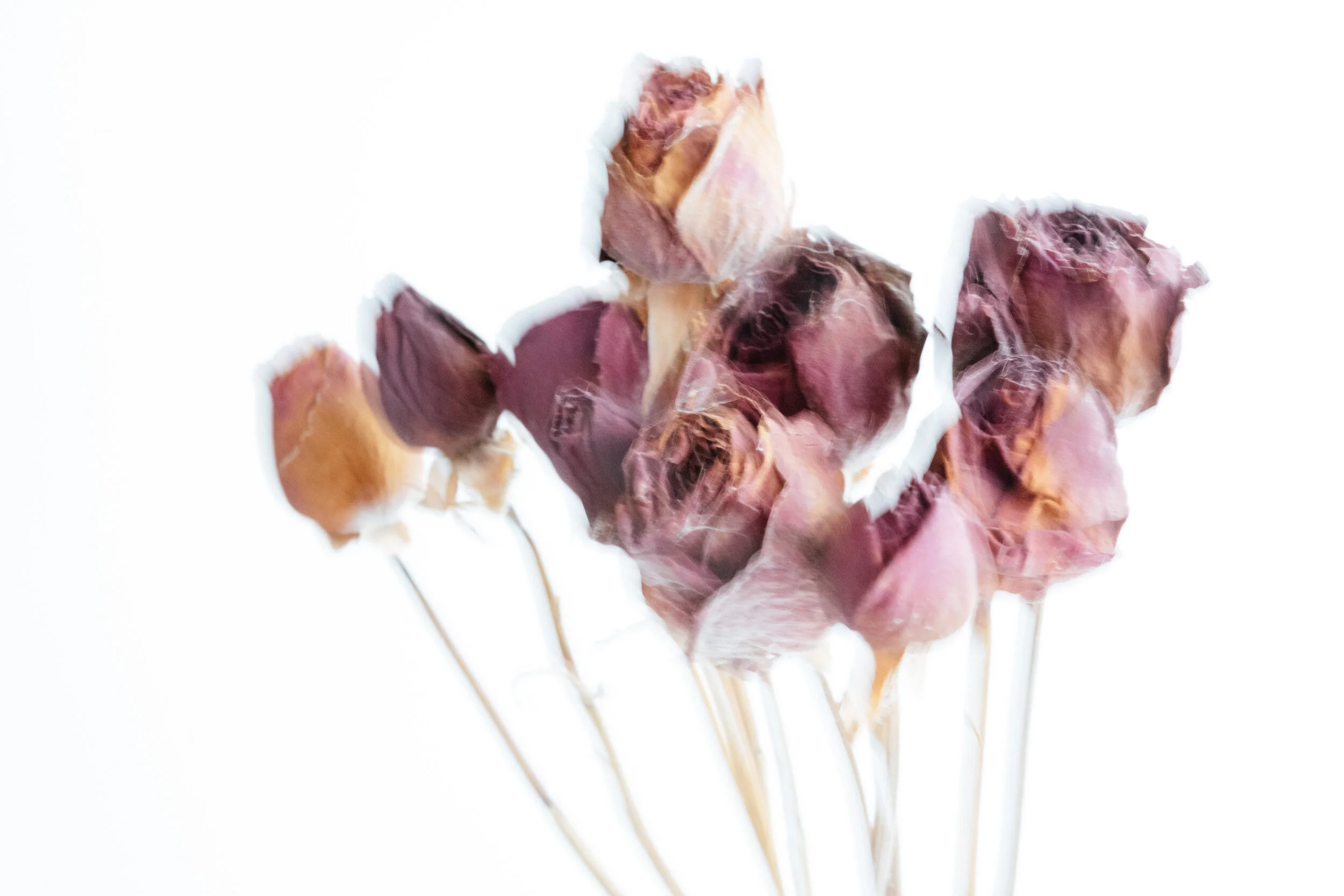My mother was a loving, kind person most of the time, at only 4'8" the matriarch of the family. She was the one who controlled the family, Sunday dinners, Easter, Christmas etc. She kept the family together. My mother, however, had a second side to her nature, one which could be brutal in its delivery. I wanted to try and display this 'other side' but using just the archive photography available, which was very challenging. At the same time, I was researching Jamie Reid's work and the Sex Pistols. I was around 15 yrs at the time of this movement and hugely influenced by this new wave aesthetic. Music, fashion and design turned on its head. This trend was to the disapproval of my parents, who still thought the Beatles were anarchic. The idea of using this style and associating it with my mother is entirely against all that they believed, but I believe it suits the subject. It is well documented Jamie Reid designed the record sleeves using a style he first adopted in the Suburban Press, a radical political magazine. This style he says came from the lack of funds to purchase Letraset and so used type cut from newspapers and magazines. Unable to afford a printer Reid did the typesetting himself which gave his work this particular design characteristic.


















